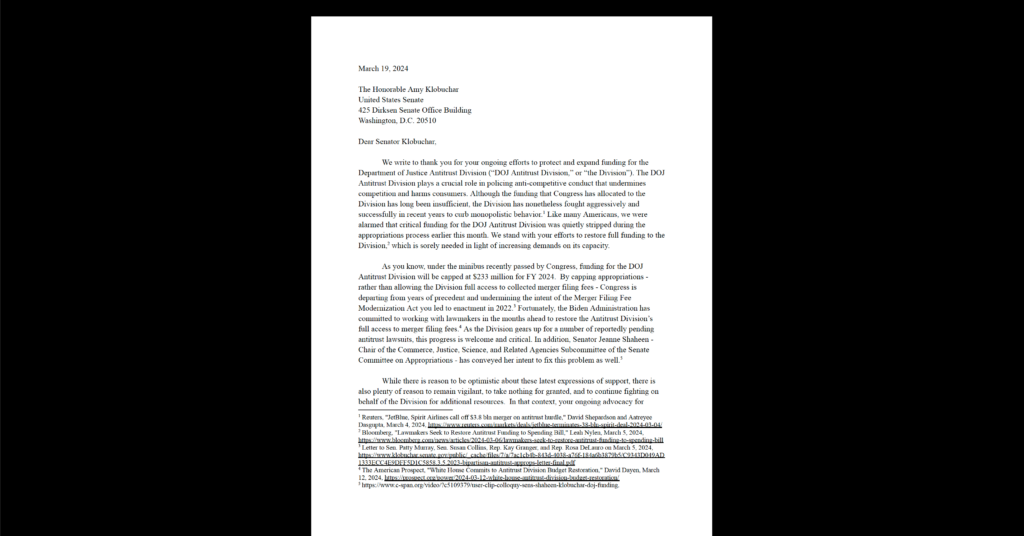Cybersecurity & Standards, Open Internet
A Hard Look at India’s Ban on Zero Rating
On Monday, the Telecom Regulatory Authority of India (TRAI) released its “Prohibition of Discriminatory Tariffs for Data Services Regulations,” effectively banning differential pricing arrangements (such as zero rating) for Internet access. The outcome is not altogether surprising, given the aggressive schedule for responding to the TRAI’s December Consultation Paper and its decision to temporarily block Facebook’s Free Basics shortly after releasing the paper. At the same time, the TRAI’s decision to ban all arrangements that either charge or have the effect of charging differential pricing on the basis of content seems under-explained and overbroad.
On first reading, the TRAI’s fifteen-page regulation (with explanatory memorandum) seems refreshingly concise, particularly compared to the Federal Communications Commission’s 400-page Open Internet Order (which had to address many issues other than zero rating and also included lengthy dissents). But reading through those fifteen pages closely leaves one with the impression that some pages are missing. The TRAI correctly points to issues such as low Internet adoption rates and network effects as highly relevant to an analysis of zero rating, but then presents an incomplete discussion of those issues.
The fact that a majority of the Indian population is still unconnected to the Internet may heighten an ISP’s ability to “shape the users’ internet experience” in the sense that a new subscriber offered a limited menu of websites and services bundled with a voice and text package may mistake that bundle for full Internet access. But in markets where less than half the population is online, zero rating may play a greater role in overcoming barriers to adoption such as unaffordability or perceived irrelevance of Internet access. And it is unclear why network effects – the theory that a value of a network increases with the number of people connected to it – necessarily militate in favor of a flat prohibition on zero rating. Certainly, the value of a network increases with the number of destinations a user can reach through it. But by the same token, the value of a network increases with the number of users on it.
This approach lacks the flexibility of the FCC’s open Internet rules.
The overarching concerns informing the TRAI’s “Appropriate Regulatory Response” are administrative efficiency and certainty. In opting for a clear prohibition rather than a case-by-case approach, the Regulation notes that case-by-case adjudication can be uncertain and costly, particularly for end users or smaller entities who lack the resources to pursue regulatory or legal actions. This is a valid concern and given the high stakes – the preservation of an open Internet – the TRAI’s approach is understandable. However, this approach lacks the flexibility of the FCC’s open Internet rules, which combine clear prohibitions on throttling, blocking, and paid prioritization, with a more flexible standard for arrangements that may pose minimal risk to open Internet principles while conferring significant benefits.
That flexibility is advisable in view of the dizzying array of practices that falls within the scope of zero rating. As CDT notes in its recent paper on the topic, sponsored data arrangements, zero rating of affiliated content and services, “earned data” programs, and zero-rated platforms raise some related and some very distinct issues and concerns. Although much of the discussion of the TRAI’s consultation was framed as a referendum on Facebook’s Free Basics, the prohibition falls equally on Wikipedia Zero and other lesser-known offerings. Depending on how expansively one reads the Regulation’s use of the terms “refund” and “has the effect of discriminatory tariffs,” the Regulation also could reach earned data programs.
One uniform and maddening feature of the zero rating debate is the lack of comprehensive data to back up arguments for or against the practice.
Even when read solely as judgment rendered on Free Basics, it is questionable whether the TRAI reached the correct result. Scrutiny of Facebook’s zero-rated platform is warranted and has had some positive outcomes: after facing significant criticism in India and elsewhere, Facebook opened the program to all content providers willing to meet its technical requirements, enhanced its assistance for content creators trying to meet those standards, and improved the overall security of the platform for users. Concerns remained that Free Basics would become a walled garden or Hotel California that users can or would leave only in theory. But it’s not clear that Facebook would benefit from users’ long-term residency. For a company deriving 96.5 percent of its revenue from advertising and increasingly integrating rich media content into its primary service, there is limited upside to a service for which it receives no payment from ISPs, displays no advertising (while allowing other providers to do so), and is restricted to content that can be viewed on feature phones. Whether for altruistic or market-driven motivations, the goal of the program is to get users to move beyond Free Basics.
Facebook may have been able to help its cause in India by providing more insight into its data point that 50 percent of Free Basics users “are paying for data – and access the internet outside of free basic services – within 30 days of coming online for the first time.” One uniform and maddening feature of the zero rating debate is the lack of comprehensive data to back up arguments for or against the practice. Organizations like the Alliance of Affordable Internet and researchers like Nick Feamster at Princeton’s Center for Information Technology Policy are working hard and creatively to address this gap. The TRAI’s decision should encourage ISPs and edge providers who have the best access to relevant data to participate in those efforts and contribute solid information to this important global debate.


